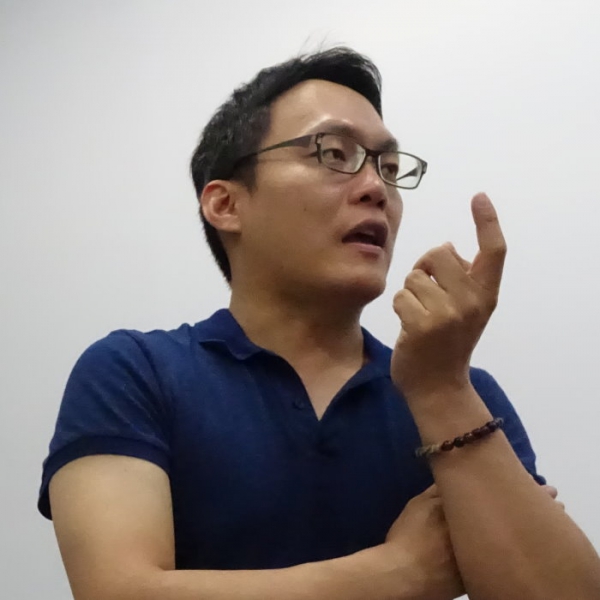碩士生: 杜海雲 Marion Denhaut
畢業年分: 2021年6月
論文名稱: 利用田口法進行雙極脈衝式電弧推進器之改進與優化(中文) / Performance imperovement and optimization of a dual-stage pulsed plasma thruster by employing Taguchi method(英文)
中文摘要:
脈衝電漿推進器(PPT)透過加速電漿體產生推進力,依靠脈衝電場與自生磁場的互動。由於其簡單的設計、緊湊的尺寸、低成本和低功耗,PPT在衛星高度和運動控制任務中具有很大的潛力。目前研究的重點在於優化進料方式和電極形狀。
PPT最大的問題是Late Time Ablation(LTA),即只有40%到60%的耗盡推進劑被有效加速為電漿。本研究旨在優化雙級PPT(DSPPT),以減輕LTA現象。使用田口法,研究確定了影響推進器性能的關鍵參數,並探討了如何提高性能。
研究了五個參數在高真空環境下(10-5 Torr):第一階段和第二階段的電壓、兩組電極間的距離、電極長度和脈衝頻率。優化通過測量放電電流、使用三探針探針和飛行時間測定來估計衝量比、電漿密度和速度。在十六次實驗中,衝量比電漿密度和速度的最大值分別為1.36 μN·s、5.88×1022 m-3和18,506 m·s-1。研究發現,第一階段的電壓對衝量比和電漿密度的影響最顯著,而電漿速度主要取決於電極長度。田口法指導了最佳參數值的確定。
英文摘要:
Pulsed Plasma Thrusters (PPTs) generate thrust by accelerating plasma through the interaction of a pulsed electric field and a self-induced magnetic field. With their simple design, compact size, low cost, and low power consumption, PPTs are promising for satellite altitude and motion control missions. Research on PPTs focuses on optimizing the feeding method and electrode shape.
A significant issue with PPTs is Late Time Ablation (LTA), where only 40% to 60% of the consumed propellant is effectively accelerated as plasma. This study aims to optimize a Dual Stage PPT (DSPPT) to mitigate LTA. Using the Taguchi method, the study identifies key parameters impacting thruster performance and explores ways to enhance it.
Five parameters were investigated under high vacuum conditions (10-5 Torr): voltage for the first and second stages, distance between electrode sets, electrode length, and pulse frequency. Optimization involved measuring discharge current, using a triple Langmuir probe, and employing Time of Flight to estimate impulse bit, plasma density, and velocity. Among sixteen experiments, the maximum impulse bit, plasma density, and velocity were 1.36 μN·s, 5.88×1022 m-3, and 18,506 m·s-1. The study found that the first stage voltage significantly affects impulse bit and plasma density, while plasma velocity mainly depends on electrode length. Optimal parameter values were determined using the Taguchi method.

